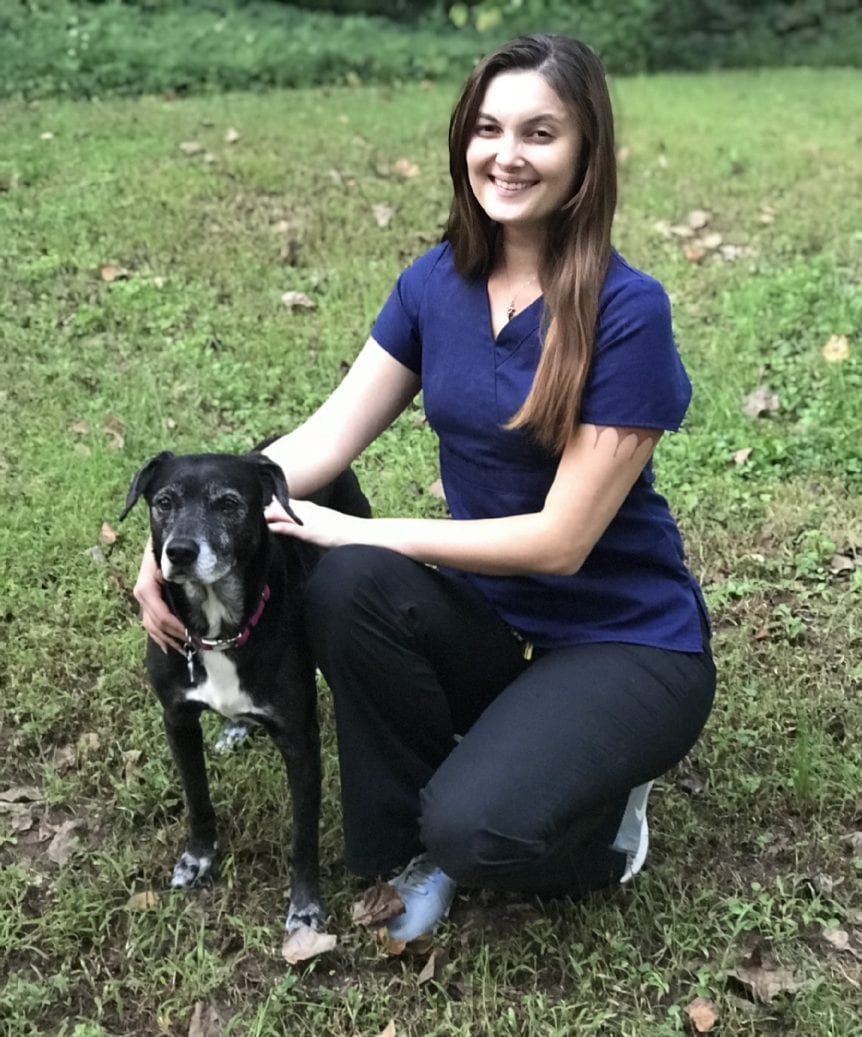Hip dysplasia is a very common ailment for dogs. It occurs when the hip joint is not formed correctly. The ball and socket of a dog’s hip joint should fit tightly together, however dogs with hip dysplasia will instead have laxity or looseness in the tissues which hold the joint. This malformation can be caused by both factors; environmental and genetics, and while it can afflict any dog, it is usually more prevalent and with a great degree of symptoms in large breed dogs such as:
- German Shepherds
- Golden Retrievers
- Labrador Retrievers
- St. Bernards
- Rottweilers.
If your dog is showing any of these signs, bring them in for an examination with your veterinarian so they can properly diagnose the condition.
- Reduction in activity level: When in pain, your dog will choose to be less active. You may notice them resting more, not interested in taking their walk, not wanting to run and play, or just seems to want to live a more sedentary life, this is a sign that should be addressed.
- Difficulty or aversion to climbing stairs: As the pain, inflammation and limited range of motion from hip dysplasia increases, your dog may outright refuse to climb upstairs, jump into your car or onto the couch. With disease progression, they may rely on assistance to do these tasks which they were once able to do with ease.
- Noticeable difficulty or slowness to rise: If your dog is taking longer to get up from a resting position in the morning the stiffness usually will subside once they begin moving and work the tightness out.
- Change in Gait: If you notice, while your dog is running, walking or using stairs, that their gait looks like a bunny is hopping, this is another common sign. Dogs will often do this to spread the force of these activities over both legs in an attempt to decrease the pain.
- Lameness in The Hind Leg(s): As the dysplasia progresses, the joint is further misshapen and causes the socket to wear, forming more pain and inflammation. When this occurs, your dog may favor one leg or may refuse to put any weight on it at all. This can be continuous or intermittent.
If you notice any of these symptoms, talk to your Tysons Corner, VA veterinarian about your dog’s hip dysplasia treatment options and what you can do at home to help alleviate your dog’s discomfort. It is important for your dog to have a soft, supportive surface to lay upon around the house. Also, if you have all hard surfaces, think of adding non-slip rugs in the areas of high traffic for your dog to ensure stable footing and reduce slipping, which can increase their pain and discomfort.

